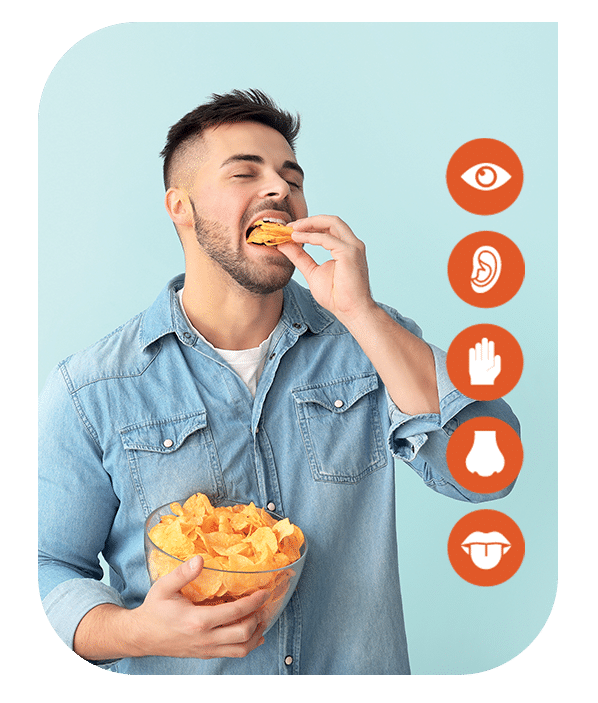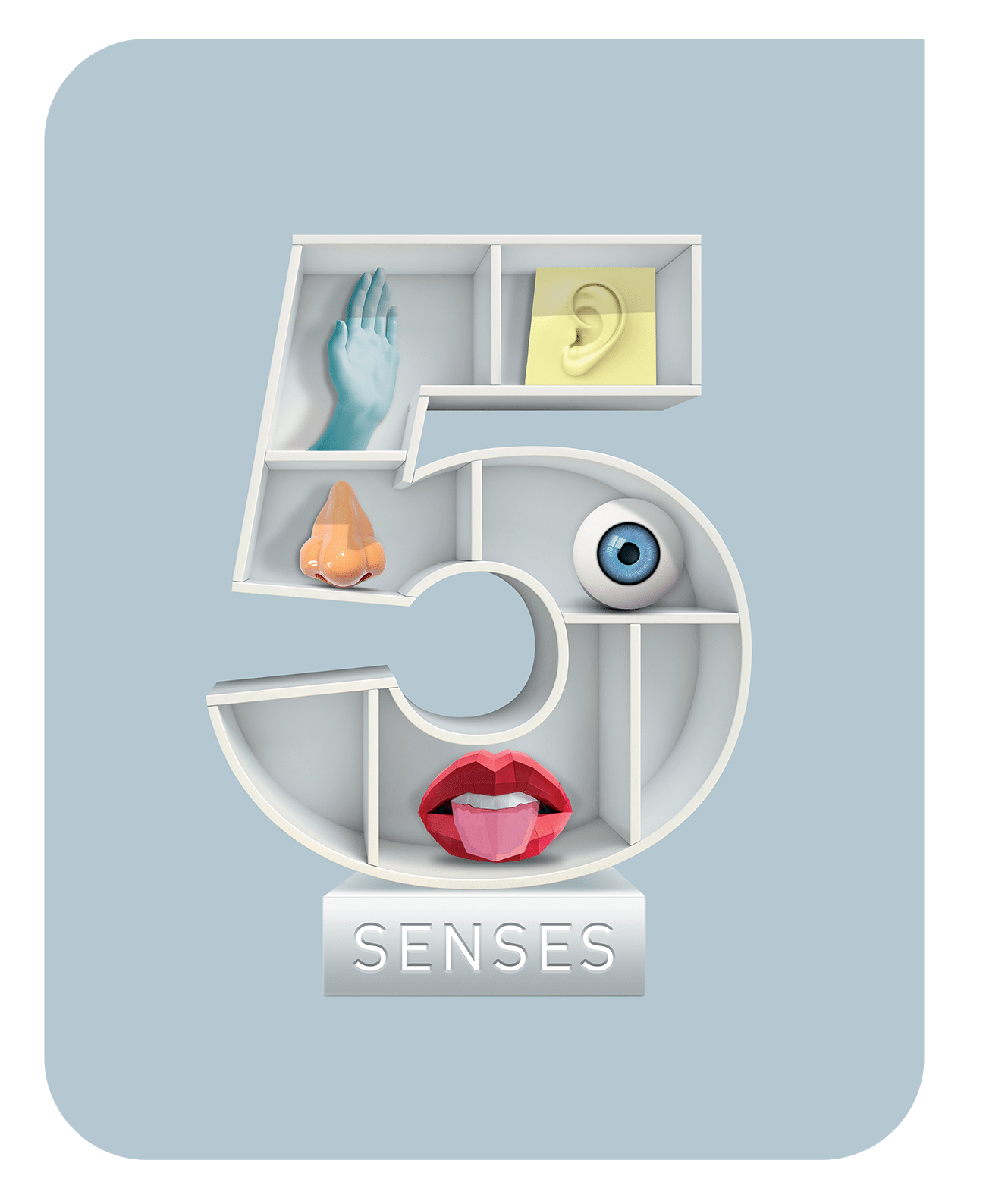What does sensory analysis mean?
The science of sensory evaluation is a fascinating field that deals with how people respond to products as they perceive them through the 5 senses: sight, hearing, touch, smell and of course, taste.
Sensory analysis, a science of product testing
Sensory analysis aims to understand human reactions to depict the organoleptic characteristics and acceptance of food and beverage products.
In an ever-changing world, sensory analysis is an essential tool as it helps:
• Maintaining consistency in product’s quality.
• Optimizing product innovation and formulation by understanding recipe and process parameters that influence the sensory properties.
• Marketing strategies to ensure your product meets consumer expectations in all areas and most particularly in flavor.
Integrating sensory analysis into your development process can reduce cost and time of delivering a product to market, as well as reduce the risk of potential failures.

Sensory analysis at Biospringer: give it a try

Our sensory analysis activities allow us to understand the taste and impact that our natural yeast ingredients will have on your final products. Our team has strong skills across all areas which support various activities:
• Research & Development:
– Evaluation of new prototypes
• Culinary Center/Food applications:
– Evaluation of functionalities in culinary applications
– Tasting of new ingredients and recently launched products
• Quality:
– Daily quality control panel
– Specific tastings to improve processes and consistency
This knowledge allows innovation through diversifying or improving product properties.
Analysis methods are deployed in every region to harmonize product characterization and answer customer requests.
Our sensory facilities at a glance
About our Lab
• Part of R&D department of Biospringer by Lesaffre
• Based in France (near Paris, Maisons Alfort (94))
• 12 retractable booths with sinks
• Recording data on tablets using a sensory data acquisition software
• Red & Green lights to avoid appearance differences
• Rapid air exchange to prevent odour build-up
• Preparation area
• Freezer, chiller and large ambient food storage
• Microwaves, professional oven and all necessary food service equipment
• Highly experienced team
The team of sensory scientists is a highly experienced team that works closely with the applications teams from all over the world to help make sure all needs are met on the final product and satisfy customer needs.
Our sensory scientists are using best practices to make sure that the sensory data they collect is as robust, objective, precise and unbiased as possible.
Sensory tests are conducted by highly trained sensory panelists in purpose-built booths that provide a controlled environment for all aspects of product evaluation.
Our Sensory Lab has developed an objective analysis of sensory cues that are not influenced by extrinsic factors such as branding or pricing.
All our expertise begins with the 5 senses

Sight
The first factor to be assessed when tasting a product is its appearance.

Hearing
When tasting, the sound of the product is one of the most reliable ways to determine its freshness.
It’s crucial to raise attractiveness and an overwhelming desire for some more.

Touch
The importance of texture in food products can’t be underestimated. Texture gives a consumer’s mouth an enjoyable experience and should always come first when creating tasty treats for consumers.

Smell
The sense of smell is part of what makes a product “exactly as expected.”

Taste
It’s no secret that taste plays an important role in determining whether or not consumers will repurchase a product.
From the very first sip or bite, taste is crucial: if it is good, you have got the best chances to meet success!
Learn more about our sensory methodologies

Which sensory methods do we use?
Depending on project goals and product type, the Sensory Lab uses a wide range of methods. We don’t rely on just one method: we select the approach that best fits the project’s goals.
In our Sensory Lab, methods for analyzing the flavor and texture of a product can range from straightforward assessments like preference and difference to more intricate ones like the development of in-depth sensory profiles and/or an understanding of the product’s temporality.



